Leather products are widely popular because of their durability and unique aesthetics. However, the manufacturing process of leather requires the use of various chemicals to enhance the quality and durability of the end product. We refer to these chemicals as leather processing chemicals. In this blog post, we will discuss the top 5 must-have leather processing chemicals that are essential for enhancing the durability and aesthetics of leather products.
Benefits of Using Leather Processing Chemicals
Using leather processing chemicals offers several benefits. Firstly, they improve the quality and durability of leather products. Secondly, they reduce the time and cost involved in leather processing.
Thirdly, they enhance the appearance and texture of leather. Fourthly, they prevent microbial growth and ensure the safety of leather products. Lastly, they increase the efficiency of leather production, resulting in higher yields and profitability for manufacturers.
Top 5 Must-Have Leather Processing Chemicals
Tanning Agents
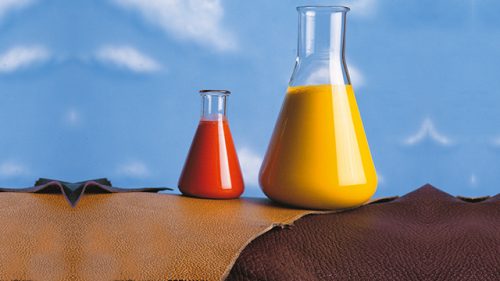
Tanning agents are one of the most important leather processing chemicals used in the leather manufacturing process. Manufacturers use tanning agents to stabilize the collagen fibers in animal hides and convert them into leather.
This process prevents the hide from decomposing and enhances its durability. The tanning process also gives the leather its unique texture and color.
There are two types of tanning agents: vegetable tanning agents and chrome tanning agents. Natural plant extracts make vegetable tanning agents, while chromium salts make chrome tanning agents.
Both types of tanning agents have their own benefits and drawbacks. For instance, vegetable tanning agents produce leather that is more flexible and has a natural appearance. However, this type of tanning is more time-consuming and expensive.
On the other hand, chrome tanning agents produce leather that is more water-resistant and durable. However, this type of tanning may produce leather that is less breathable.
Fatliquoring Agents
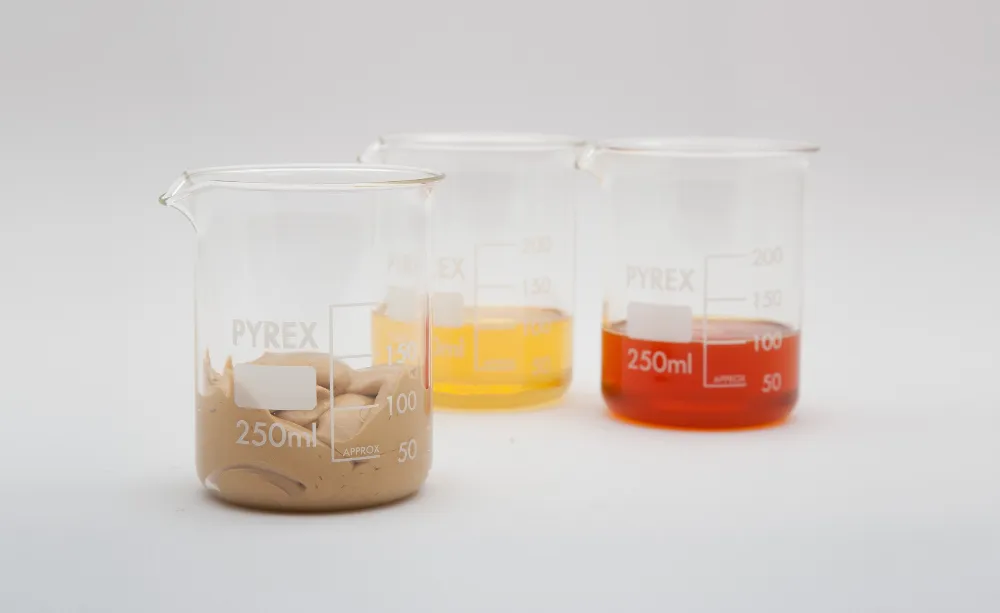
Fatliquoring agents are another important type of leather processing chemicals. The manufacturers use these chemicals to make the leather more flexible and soft. Fatliquoring agents penetrate the collagen fibers in the leather and lubricate them. This makes the leather more flexible and less prone to cracking.
There are different types of fatliquoring agents, such as synthetic and natural fat liquors. Chemists make synthetic fatliquoring agents from chemicals, while manufacturers make natural fat liquors from animal or vegetable oils. Some manufacturers prefer natural fat liquors because they are more environmentally friendly.
Dyeing Agents
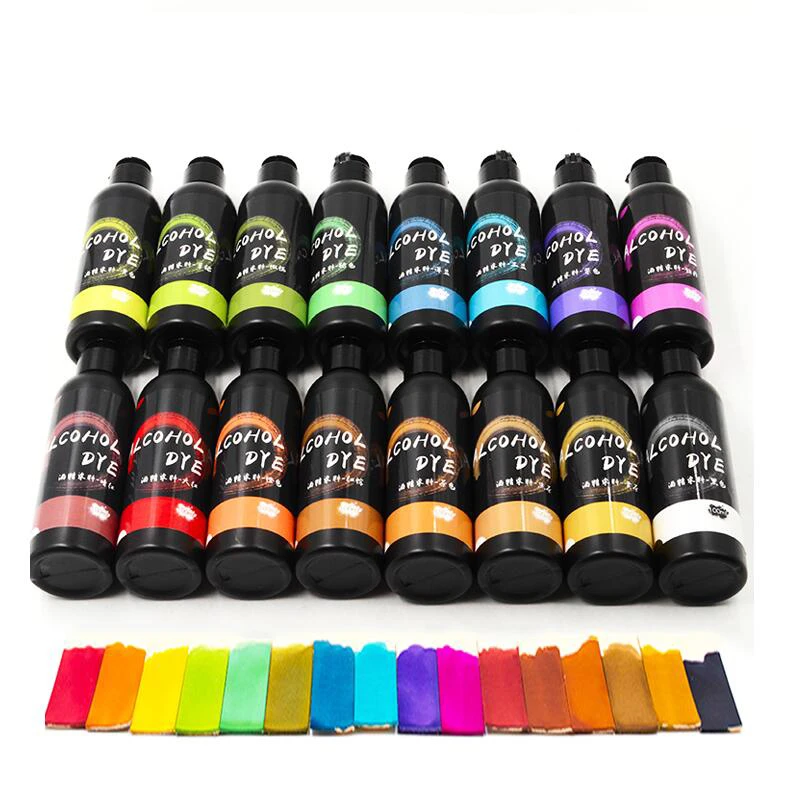
We use dyeing agents to add color to the leather. These chemicals penetrate the leather fibers and bond with them to create a permanent color. There are different types of dyeing agents, such as aniline dyes, semi-aniline dyes, and pigmented dyes.
Aniline dyes produce a transparent color that allows the natural grain of the leather to show through. Semi-aniline dyes produce a slightly opaque color that hides some of the imperfections in the leather. Pigmented dyes produce an opaque color that completely covers the leather’s imperfections.
Finishing Agents
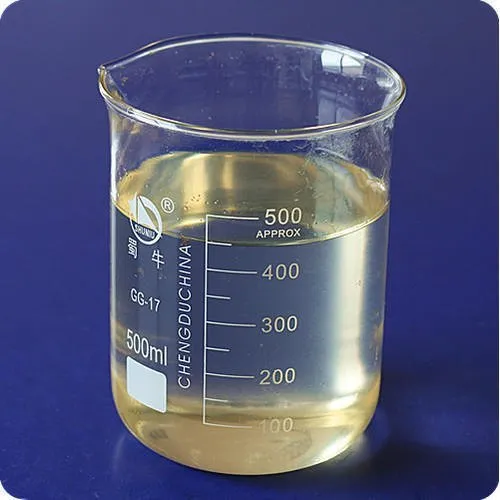
Leather manufacturers use finishing agents to give the leather its final appearance and texture. They use these chemicals to add a glossy or matte finish to the leather and to create a textured surface, such as a pebble or grain texture. These chemicals can also protect the leather from water and stains.
Degreasing Agents
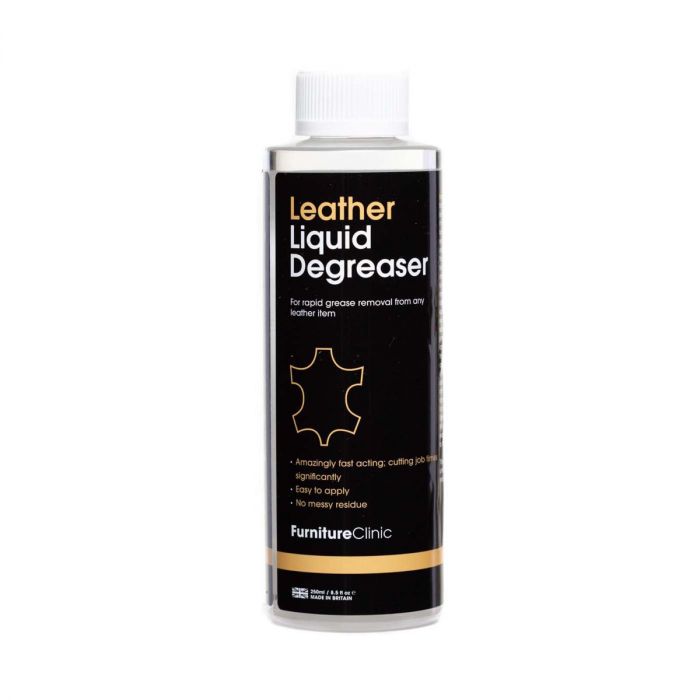
The tannery uses degreasing agents to remove any grease or oil from the animal hides before tanning them. Improper degreasing may result in an unsuccessful tanning process and poor-quality leather. Degreasing agents also help to remove any dirt or other contaminants from the hides.
Conclusion
Leather processing chemicals are essential for the manufacturing of high-quality leather products. In the leather manufacturing process, manufacturers use chemicals such as tanning agents, fatliquoring agents, dyeing agents, finishing agents, and degreasing agents. Each of these chemicals plays a unique role in enhancing the durability and aesthetics of leather products. By using the right combination of these chemicals, manufacturers can produce leather products that are not only durable but also have a unique texture





